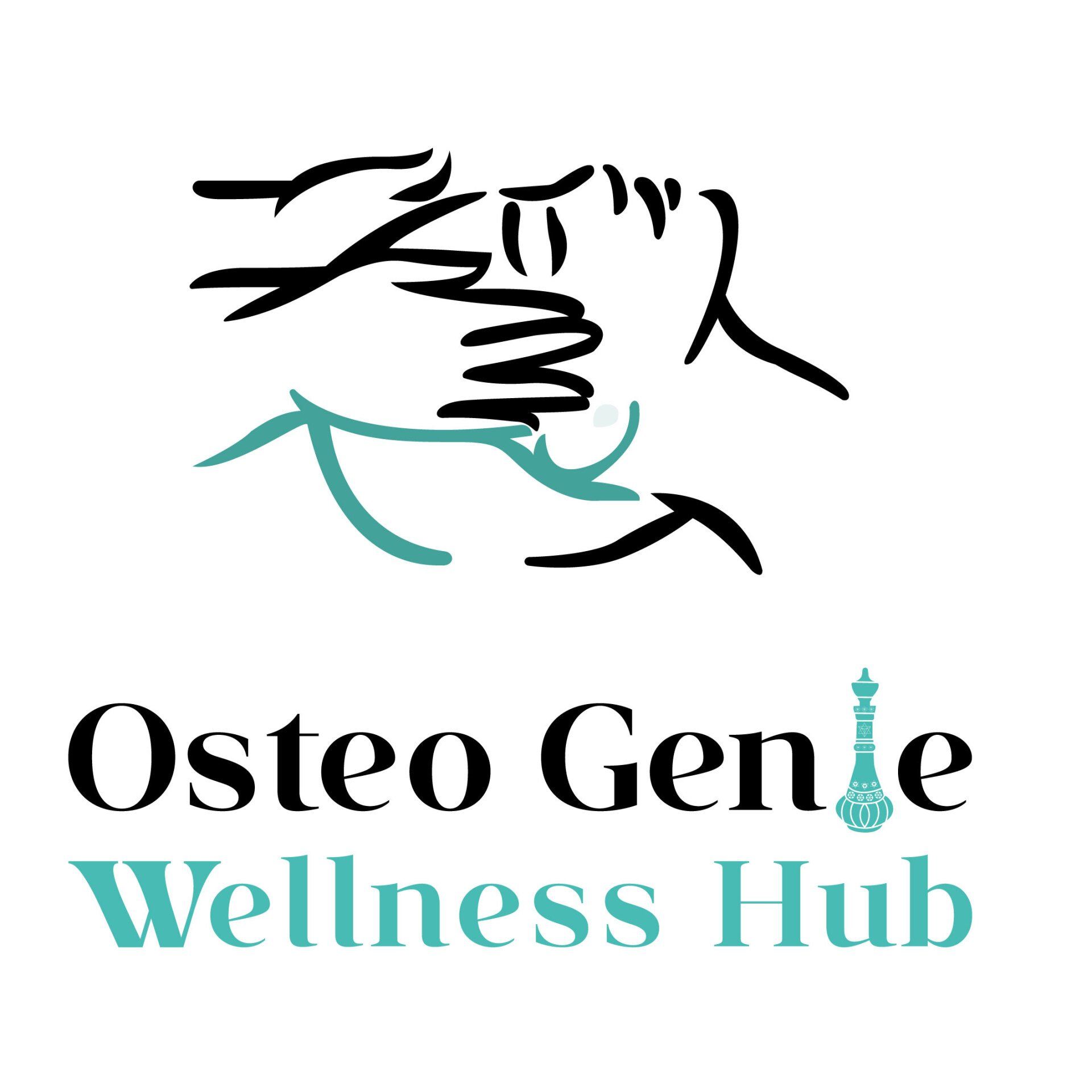Lymphatic Drainage Whitby, Ontario
Lymphatic Drainage
Manual Lymphatic Drainage (MLD) is a specialized form of gentle massage like techniques that aims to stimulate the flow of lymph fluid in the body. It is designed to enhance the function of the lymphatic system, which plays a crucial role in maintaining fluid balance, immune function, and the removal of waste products from the body.
Key Characteristics of Manual Lymphatic Drainage:
1. Gentle Technique: MLD uses light pressure and specific rhythmic movements to encourage lymph flow. It is different from traditional massage techniques, which often involve deeper pressure and vigorous movements.
2. Direction of Movement: The massage technique follows the natural pathways of the lymphatic system. This typically involves moving lymph towards the lymph nodes, where it can be filtered and processed.
3. Focus Areas: Practitioners often concentrate on areas where lymph nodes are abundant, such as the neck, armpits, abdomen, and groin. They may also address areas of swelling or congestion.
4. Manual Techniques: MLD techniques may include:
- Stationary Circles: Gentle circular motions over lymph nodes to stimulate drainage.
- Pump Techniques: Rhythmic pumping motions to encourage lymph flow.
- Stretching Movements: Light stretching to facilitate movement in the lymphatic vessels.
Benefits of Manual Lymphatic Drainage:
- Reduces Swelling: MLD can help reduce lymphedema (swelling caused by lymph fluid buildup) and other types of swelling in the body.
- Promotes Relaxation: The gentle, soothing nature of MLD can help reduce stress and promote relaxation.
- Enhances Immune Function: By encouraging lymph flow, MLD may support the immune system in filtering out toxins and pathogens.
- Improves Skin Health: MLD can promote better circulation and skin health, making it beneficial for certain dermatological conditions.
- Post-Surgical Recovery: It is often used after surgeries, particularly those related to cancer treatment, to reduce swelling and improve healing.
Indications for Manual Lymphatic Drainage:
MLD may be indicated for various conditions, including:
- Lymphedema: Swelling due to lymph fluid accumulation, often following surgery or radiation therapy.
- Post-Surgical Swelling: To reduce swelling and promote healing after surgeries.
- Chronic Venous Insufficiency: To help manage symptoms related to poor venous circulation.
- Certain Inflammatory Conditions: To assist in reducing inflammation and promoting healing.
- Stress and Anxiety: As a relaxation technique to help manage stress levels.
Contraindications:
While MLD is generally safe, it may not be suitable for everyone. Contraindications include:
- Active infections (e.g., cellulitis)
- Certain heart conditions (e.g., congestive heart failure)
- Deep vein thrombosis (DVT)
- Acute inflammatory conditions (e.g., acute bronchitis, asthma)
- Cancer in active treatment without medical clearance
### Conclusion:
Manual Lymphatic Drainage is a specialized technique that can provide significant benefits, particularly for individuals with lymphedema, post-surgical swelling, or those seeking relaxation.
